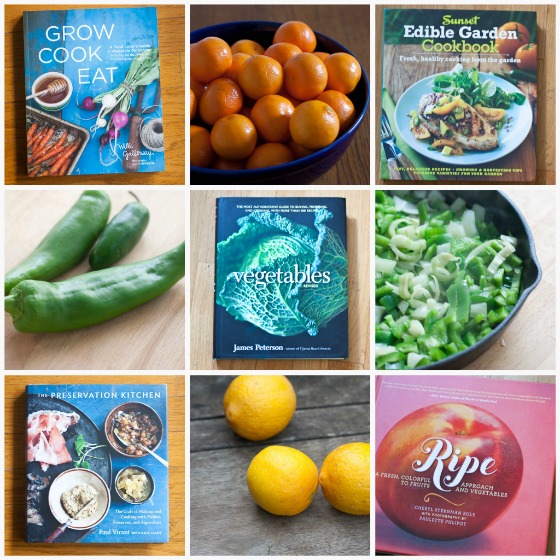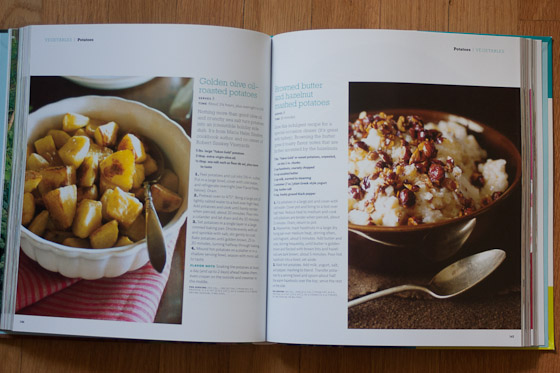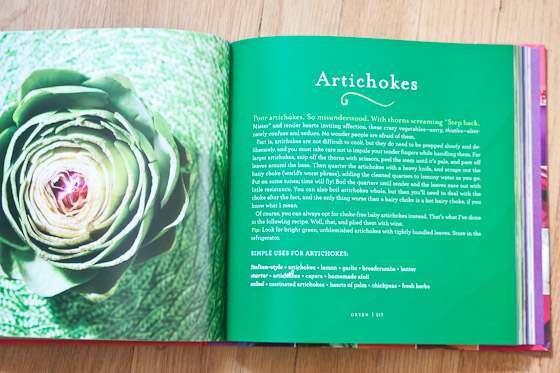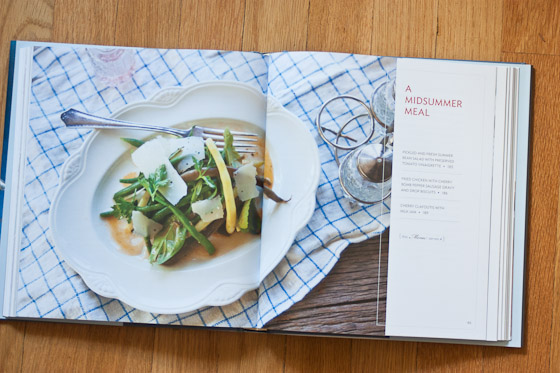
Spring is slowly creeping in — as evidenced by the cherry blossoms and lingering evening light. And with that comes more color at the farmers markets: asparagus and artichokes beckon, and the anticipation for berries, peas and ramps is in full swing. Thankfully, five writers and chefs have just released cookbooks that delve into the harvest with highly visual, inspired, and delicious books.
I had a conversation with a friend recently about some of the recipes in these books, about how simple they are. Do we really need a recipe for roasted beets? Don’t people know how to roast a beet? Not so fast. In our Bay Area food bubble, many of us roast beets frequently but there are many, too, that buy them pre-roasted and packaged at Trader Joe’s and call it a day. No judgement—we’re all eating beets and that’s a good thing, but what each of these books aims to do is get you excited about a particular ingredient and confident enough to take it on for yourself.
In James Peterson’s Vegetables, for example, there’s a recipe for Avocado on Toast. I’d adored the book up until this point but found myself stopping here: Really? Do we all need a recipe for this? Is this even a recipe? But with more consideration, I decided this was much more of an invitation for a major avocado craving, and it worked. I can’t stop thinking about avocados after seeing the step-by-step photos of slicing a creamy, ripe avocado perfectly and smearing it on top of your favorite bread. Yes, please. And this, I think, is the success of all of these books. They each garner a big, fat "yes, please" and an excitement about basic ingredients from the garden and the market.
The Sunset Edible Garden Cookbook
This cookbook is filled with beautifully photographed recipes geared at quicker meals at home. Each chapter is organized around a specific vegetable (summer squash or hearty greens, for example) and begins with information on Why to Grow These Vegetables, When to Harvest Them, How to Keep Them, and Preserving the Harvest. The information is succinct enough to get gardeners going without seeming daunting or heavy-handed, something I’ve seen similar books struggle with. They usually cover each vegetable in 1-2 pages, so you don't feel inundated with too much gardening and cooking information -- the result of which is often feeling too overwhelmed to tackle either. This is not the case with Sunset’s new book, and I’ll use it as a frequent reference, especially this spring and summer as I get out into the garden more.

Recipes to Try: Smoky Eggplant Raita, Minty Tabbouleh with Preserved Lemon, Rhubarb Cardamom Galette
Buy the Book: The Sunset Edible Gardens Cookbook


